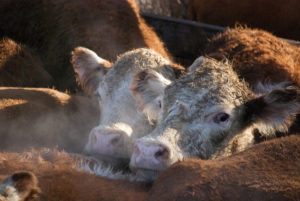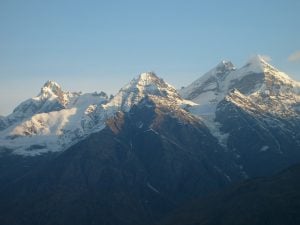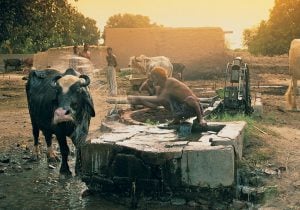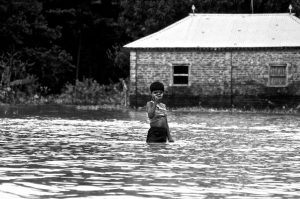Swiss researchers have proposed building dams in the Alps to catch the water from melting glaciers and prevent future summer water shortages.
This is the result of a study led by the European Commission’s Joint Research Centre and the Swiss Federal Research Institute (WSL). They write:
“Water management in reservoirs could substantially mitigate future summer water shortages, expected as a consequence of ongoing glacier retreat, researchers report. The team simulated the effect of climatic change on glaciers across the European Alps and estimated that two thirds of the effect on seasonal water availability could be avoided when storing water in areas becoming ice free.”
The Alpine glaciers feed the major European rivers — the Danube, Po, Rhine and Rhone — and summer flow will be severely affected by the loss of many of the 4,000 glaciers in the mountains. These are the world’s best-documented glaciers but are especially vulnerable to climate change because many are small.
This proposed solution would, at best, be a partial one. Dams could never replace the natural hydrological systems that glaciers provide. The researchers also recognise larger dams would not help isolated smaller communities upstream and a whole range of water management solutions would be needed to make up for the glacier loss.
Himalayan solutions
Communities across the mountains of the Hindu Kush Himalaya already face severe problems each summer as their glaciers disappear; and they are coming up with more ingenious ways of coping.
In the arid reaches of the Tibetan plateau in Ladakh, India, Buddhist leaders and locals are overcoming water shortages by building ‘ice stupas’ – enormous artificial pyramids of ice that store water for crops during the dry season. Chhewang Norphel, a retired engineer now known as the “iceman of Ladakh”, pioneered the technique which has allowed farmers to grow bountiful crops of barley, wheat, fruits, and vegetables despite shrinking glaciers. His simple, though effective solution has made him one of the heroes of the Himalayan region. This project was then furthered by Sonam Wangchuk, who built ice cones or, as they are locally known, “ice stupas”.
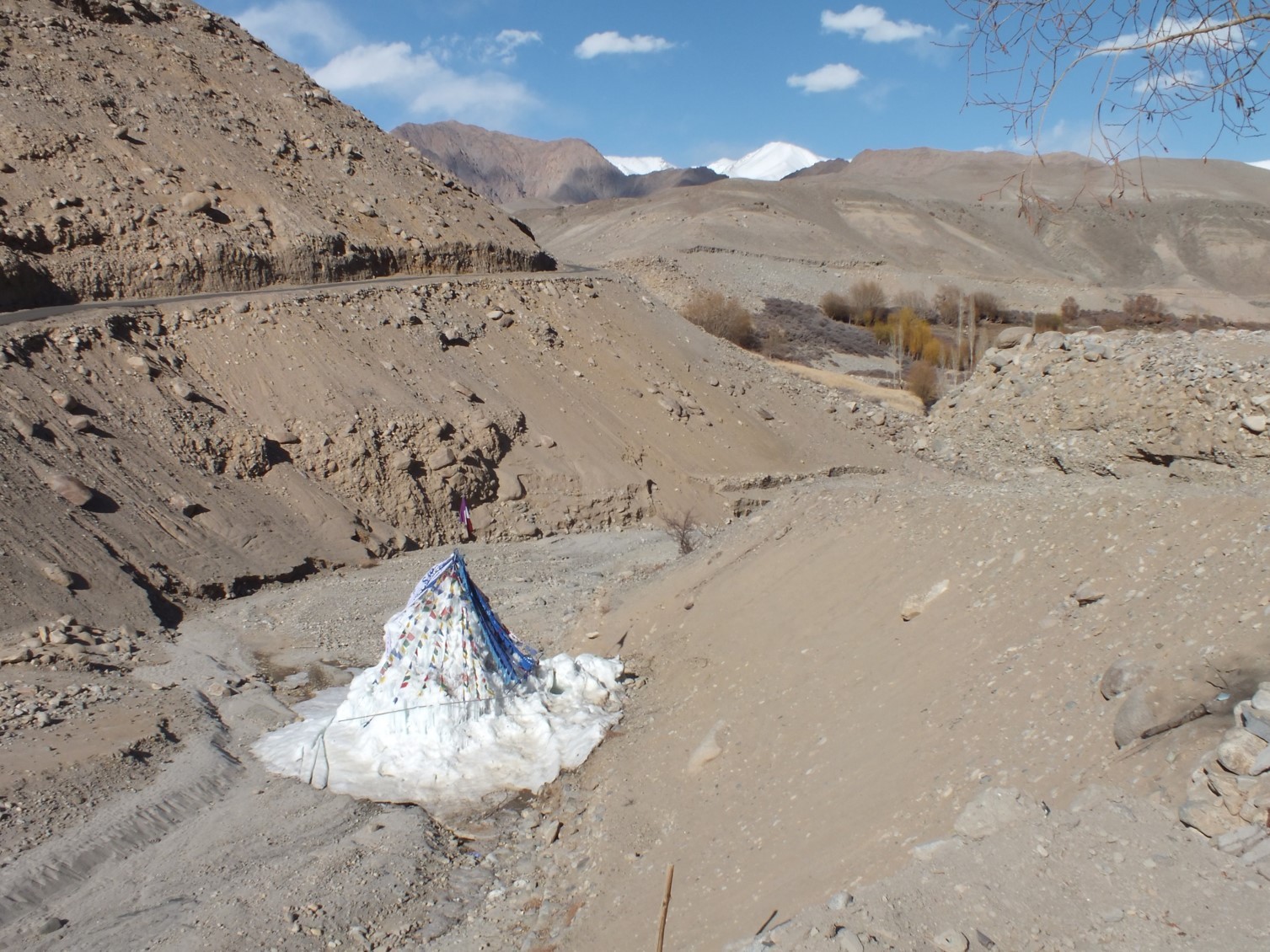
Myths and legends
This practice is deeply imbued in local stories and mythology, handed down orally from generation to generation. People in this area see glaciers as animated beings (with “male” and “female” glaciers playing different roles) open to human influence. In return glaciers can wreak their vengeance on the human world, by glacial surges that destroy cultivated land, irrigation canals, and dam up rivers. A fascinating account of the Balti practice has been documented by Norwegian student Ingvar Nørstegård Tveiten in her 2007 Master’s dissertation.
In one such story, the “glacier growing” was discovered by accident, when a widow left out gourds of water that froze and developed into the large Kondus glacier in the Karakoram. This glacier incidentally blocked the route between Baltistan and Kashgar in China, preventing the advance of blood thirsty invaders. Baltistan straddles a strategic region on the borders of Pakistan, India, Afghanistan and China and has repeatedly been caught in the middle between warring states. The nearby Siachen glacier at the eastern border of Baltistan today is part of the disputed territory of Kashmir between India and Pakistan.
The tradition of glacier growing was later incorporated into Islamic mythology – most Balti converted from Buddhism in the fifteenth century. Many people today say it was Mir Sayyid Ali Hamadani – a Sufi missionary from Persia who brought Islam to the region – who first taught local people how to grow glaciers.
The Europeans are welcome to learn both the stories, as the well as the actual practice of growing artificial glaciers, or ice stupas, today. It will stand them in much better stead than building dams that solve only part of a problem.
![<p>Biafo Glacier, Gilgit, Pakistan – local people in this areahave a long tradition of growing glaciers to irrigate crops [image by Ben Tubby/Flickr]</p>](https://dialogue.earth/content/uploads/2016/06/Biafo-glacier.jpg)

![Tubewell spouting water. Excessive use of groundwater for agriculture is creating a crisis [image by Shahzada Irfan]](https://dialogue.earth/content/uploads/2016/06/Tubewell-300x225.jpg)

